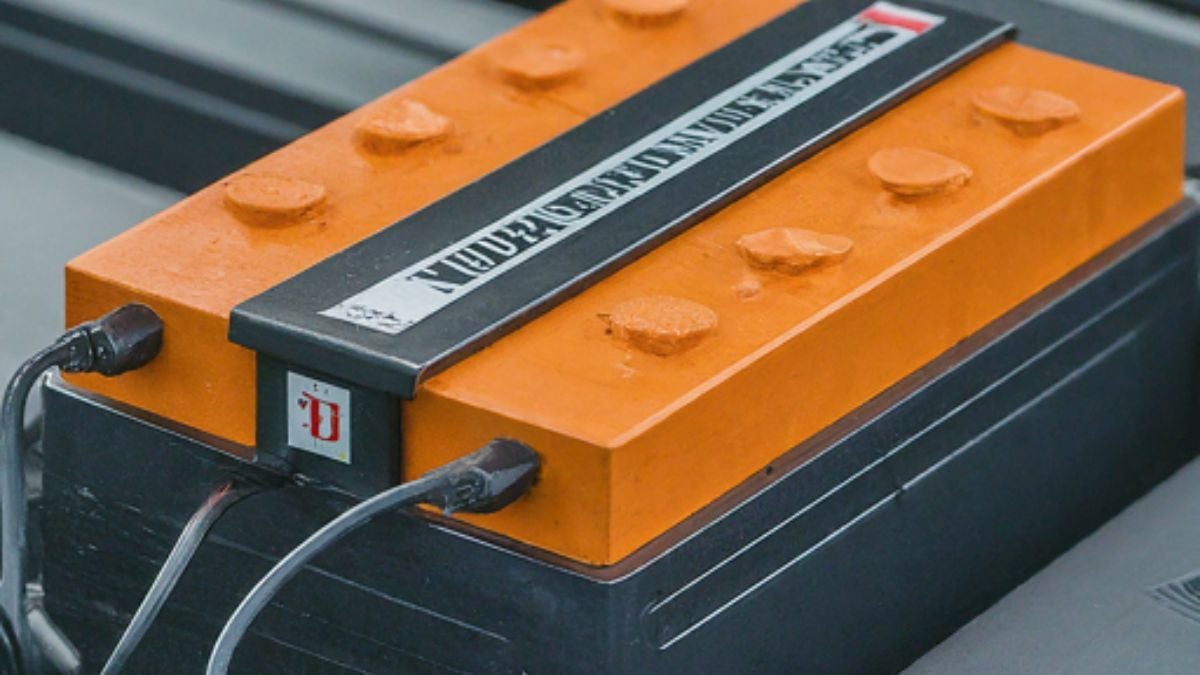Some of this stuff, though true, tends to be hard to believe Toyota was the company that initially did the research that indicated that if you could keep the battery between 10% charge and 90% charge you could extend battery life indefinitely. But recently a really strange result came out of testing by both Tesla, and Toyota who confirmed Tesla’s work, and that is if you charge the car battery at high speed initially, for its first charge, you can extend battery life by a whopping 50% which means most of the batteries on the market and on the road, have less battery life than they could have had (you can’t do this after the fact).
Batteries We Hardly Know You
We are still struggling with the fact that little battery development went on between 1920 and 1990, it was the problem of what we had was good enough. Then we started building portable electronics that needed a ton more power than handheld radios, and then we jumped to electric bikes and cars and we were kind of screwed because Lead Acid, which was used in the GM EV-1 sucked. They weighed 1,175 pounds and gave you 60+ miles of range (though the expected range was actually 70 to 100 miles which still sucked).
People loved the cars, but lead-acid didn’t cut it. So, we went with Lithium-Ion but are experience with this formulation was mostly in small devices like Cell phones, iPods, and laptops, and laptops. Now I had an interesting experience with the laptop problem. Back in the early 2000s laptops were catching fire and what was supposed to be a romantic evening with my wife I ended up arguing with the CEO of one of the major PC OEMs who thought he’d engineered a way to make those batteries safe which I told him was BS and he refused to do a recall. That night another of his laptops caught fire and he rightly changed his mind.
But we are still learning about this technology 20 years later, and we are on the cusp of something better. But we aren’t there yet and now we find we could have made one minor change and increased the battery life by 50%.
Sadly, this is a process that is done in manufacturing.
The Battery Breakthrough
So, what they discovered was that there is a novel way to extend battery life, make the first charging of the battery, while it is still in manufacturing and undergoing initial testing, a high-energy fast charge. And, by the way, this didn’t just boost batteries by 50% but some batteries were boosted up to 70% of extra battery life. That’s a huge boost for no cost because you have to charge the battery to test it anyway.
What they determined was that formation, when the battery completes its manufacturing process, the higher current does a better job of stabilizing the battery and activating the materials in the battery’s cells. While this causes the cells to lose lithium content (up to 30%) the result hardens the electrode with extra lithium, and it is the loss of lithium on that electrode that causes the battery to age, so the result is a far longer battery life.
What is interesting is the way they formulate the battery now, with lower current, takes far more time so using this new process would not only allow the batteries to last longer, but they could also build batteries faster reducing the current bottleneck on battery production.
Wrapping Up:
While we continue to advance battery technology, we can still learn to do what we have been doing better and this process change would be simple to implement because it only affects the final step and speeds up the overall process. Credit goes to the SLAC-Stanford group, Toyota Research Institute, MIT, and the University of Washington for fleshing this all out.
Imagine what we’d be doing if we’d been researching batteries for the decades that we avoided battery research. Wait until they spin up the AI resources to help with further advancement, I expect in a decade or so, or maybe even under a decade, our battery problems will be gone for good.
Rob Enderle is a technology analyst covering automotive technology and battery developments at Torque News. You can learn more about Rob on Wikipedia, and follow his articles on Forbes, on X, and LinkedIn.






Comments
The Problem with EVs is…
Permalink
The Problem with EVs is...............
ELECTRICITY.
* Not enough
* Unstable
* Unreliable
EVs will have a place to supplement Gasoline powered cars but, no replace them.
Both Norway and China have…
Permalink
In reply to The Problem with EVs is… by Tim Sparks (not verified)
Both Norway and China have replaced more than half of their ICE cars with EVs already. I've replaced my ICE car with an EV and a large percentage of Tesla drivers have as well. The plan it to replace all ICE cars with EVs by 2040 and some countries will have that mostly done by 2030.
ELONIUM POWER BANKS 80 + KWh…
Permalink
ELONIUM POWER BANKS 80 + KWh continually can charge an ELECTRIC VEHICLE OR POWER A HOME NEVER NEEDING TO BE RECHARGED EVER. UNLIMITED MILEAGE. FROM Permanent MAGNET ELONIUM ARRAYS USING NEW MAG FIELD DISCONNECTING TECH.